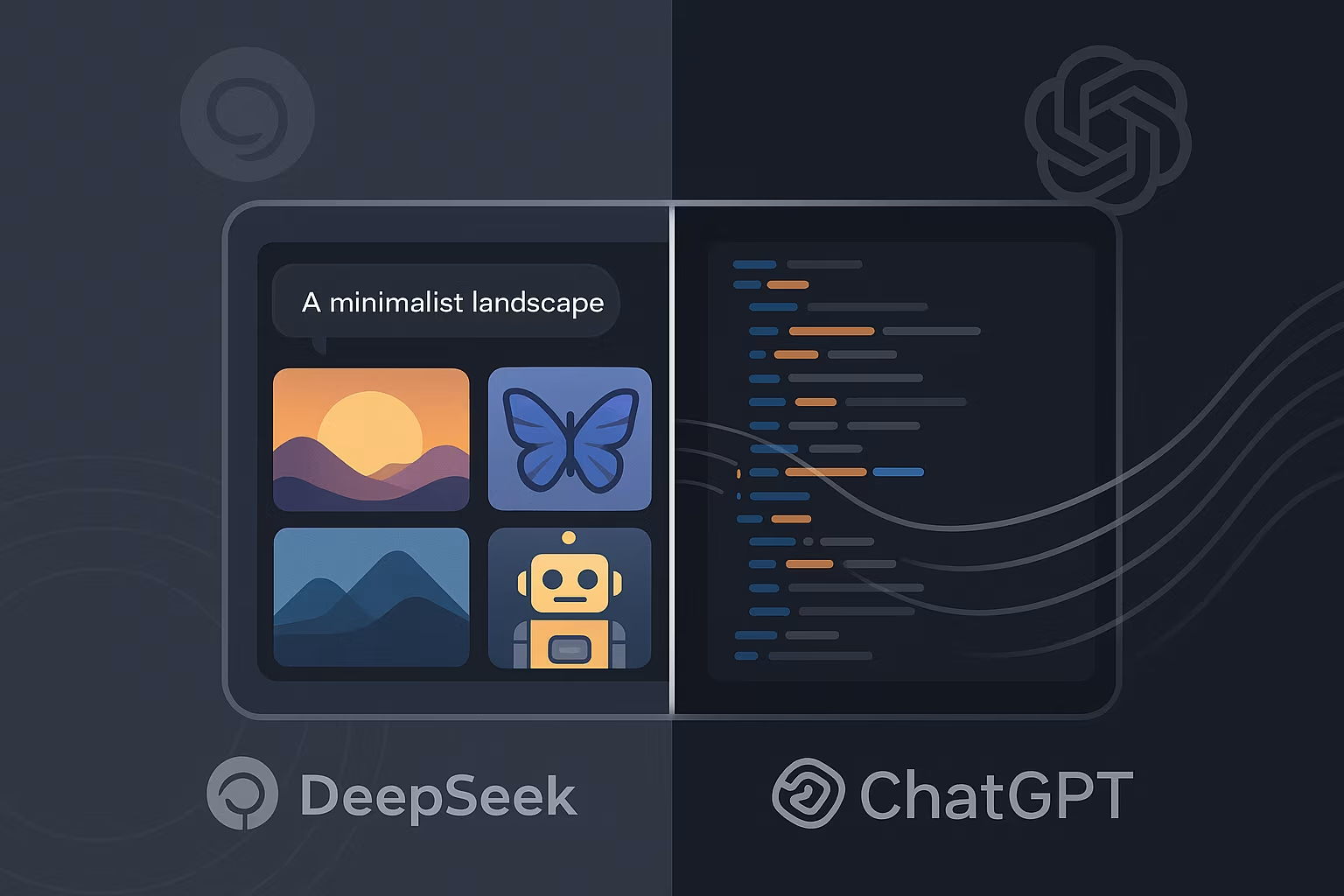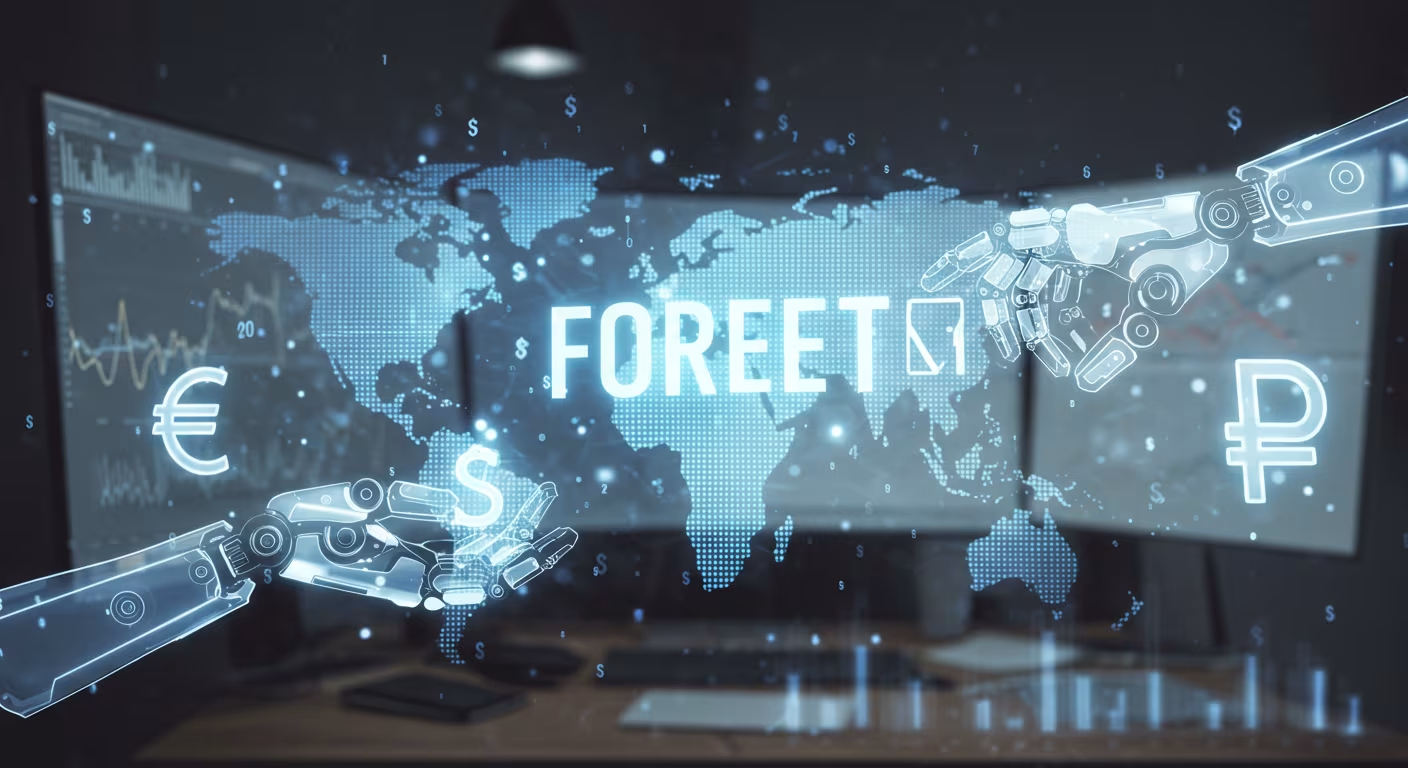In the evolving landscape of artificial intelligence, the rise of open-source platforms is shaking up expectations and challenging the dominance of major players like OpenAI. Notably, DeepSeek—a Chinese startup—has emerged as a formidable force, pushing accessible and high-performance AI into the mainstream. Coupled with growing momentum from open-weight and open-source models, this movement is redefining how we conceive of AI innovation, democratization, and collaboration.
The significance of DeepSeek lies in its audacious strategy: high-end performance delivered at a fraction of the cost. The company’s V3 model reportedly executed its training process for just a few million dollars, while models such as OpenAI’s GPT-4 required ten times more investment. This lean approach earned DeepSeek acclaim as a disruptor, cultivating ambitious AI potential outside Silicon Valley’s established frameworks.
DeepSeek’s R1 chatbot quickly became the most downloaded free app in the U.S. App Store—surpassing even ChatGPT. Its model performance rivals GPT-4 level capabilities, yet its accessibility and open-weight model structure invited broader experimentation, free from high licensing restrictions. This accessibility led to early excitement and momentum among developers, researchers, and end users eager to explore AI without subscription barriers.
On the image generation front, DeepSeek introduced its Janus-Pro model, which outperformed leading systems in benchmark tests. Known for sharper image quality, smoother visuals, and better fidelity to prompts, Janus-Pro rapidly gained recognition for pushing creative boundaries—again, achieved without breaking the bank. These advances demonstrated expertly engineered models can rival the best in the business while being more widely available.
DeepSeek’s rise coincides with a broader shift toward open-source thinking in AI. In response, OpenAI launched its GPT-oss—a partially open-weight model available for developers to review and fine-tune. While not fully open source, this move signals recognition that wider access to model weights boosts innovation and trust. In parallel, marketers, researchers, and developers have rallied around open-source models for their transparency, adaptability, and customizability.
Open-source AI models enable a collaborative ecosystem: innovations can be shared, adapted, and improved across sectors and geographies. Smaller companies and educational institutions—often priced out of working with closed, proprietary models—can harness powerful AI. They can tailor systems to unique needs, address cultural or regional data gaps, and iterate quicker than ever before.
Yet with opportunity comes challenges. DeepSeek’s architecture and operations sparked concerns over data governance, especially given its base in China. Security experts caution about the potential abuse of AI tools or unexpected vulnerabilities when governance, data privacy, or model oversight aren’t complemented by strong institutional checks.
At the same time, engineering hurdles remain. Some Chinese open-source competitors confronting geopolitical ambitions—including the move to native hardware systems—have struggled with stability, scaling, or chip compatibility issues. These growing pains demonstrate that innovation must go hand in hand with robust infrastructure and quality engineering.
For OpenAI, embracing open-weight models like GPT-oss is both strategy and survival. It helps maintain leadership and adapt to expectations of transparency and adaptability. OpenAI’s strong brand, enterprise traction, and infrastructure give it a foothold that challenges newcomers may need years to cultivate.
Where ChatGPT and GPT-oss dominate general-purpose AI, DeepSeek raises the bar for creative and accessible experimentation—from generating visuals to enabling localized deployments. Together, these developments enrich the AI ecosystem, fueling a robust dialogue about model access, innovation pathways, and collaborative development.
The long-term implications are clear: AI is becoming more distributed, less centralized, and more inclusive. As open-source developers rise alongside tech giants, the future of AI may be shaped as much by communities and shared experimentation as by massive corporate R&D.
For businesses, researchers, and creators, this means:
- Greater control over AI use—choosing models aligned with their ethical, technical, or local needs.
- Cost-effective access—decreasing barriers for experimentation, deployment, and innovation.
- Collaborative evolution—sharing improvements, ensuring accountability, and advancing AI with transparency.
Still, true democratization depends on standards. For open-source AI to remain trustworthy, community-driven oversight, security auditing, and clear governance structures are vital.
The AI world is undergoing a revolution. Gone are the days when a few dominant firms controlled research and access. Now, platforms like DeepSeek and open-weight releases like GPT-oss are redefining how AI is shared, improved, and deployed. For entrepreneurs, creatives, and researchers, these developments signal a new era—one where powerful AI is more accessible, adaptable, and collaborative than ever imagined.





